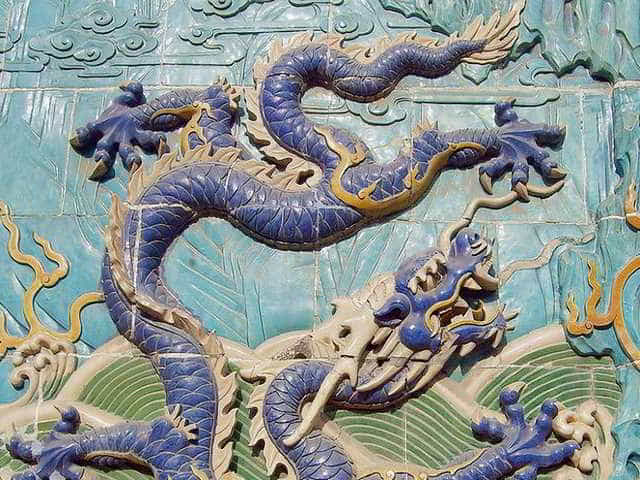Explore the fascinating traditions of Chinese New Year, delving into the Year of the Dragon and the associated element of Wood. Uncover insights into China’s time zones and the coexistence of lunar and Gregorian calendars in this cultural celebration.
Chinese New Year 2024: Embracing the Year of the Wood Dragon
As the clock strikes midnight on January 23, 2024, China ushers in the vibrant festivities of Chinese New Year, marking the commencement of the Year of the Dragon. An intriguing aspect of this celebration is the alignment with the lunar calendar, bringing a unique animal and elemental association each year.
The Chinese lunar calendar, unlike the Gregorian calendar, introduces an element of dynamism into New Year’s celebrations. While in the Gregorian calendar, New Year’s Day falls consistently on January 1, the Chinese New Year’s Day varies each year, often landing in early February. However, in 2012, the revelries commence a bit earlier, resonating with the energetic spirit of the dragon.
The dragon, a mythical and awe-inspiring creature, takes center stage as the symbol of the year. Interestingly, the Chinese zodiac not only assigns an animal for each year but also associates an element with it. These elements—metal, water, wood, fire, and earth—add an additional layer of significance to the annual celebrations. In the Year of the Dragon, the prevailing element is water, shaping the year as the Year of the Wood Dragon.
As the dragon takes flight in the celestial realm, questions may arise about China’s time zones and its usage of the lunar calendar. Historically, China maintained five time zones, reflecting its vast geographical expanse. However, post-World War II and the establishment of Communist China, a unified time system emerged, consolidating the entire country into a singular time zone. This peculiar arrangement results in residents experiencing noon with the sun at varying positions overhead.
While China transitioned to the Gregorian calendar in 1929, adopting the common months’ numbering system, it retained the traditional lunar calendar for specific purposes. Festivals, holidays, and astrology continue to be intertwined with the lunar calendar, preserving ancient traditions amidst the modern calendar shift.
Curiosity about China’s time zone and calendar systems led to the discovery that the nation, despite its vastness, operates under a unified time zone. The Gregorian calendar aligns with global conventions, yet the lunar calendar persists, adding richness to cultural festivities.
As the Year of the Wood Dragon unfolds, the streets come alive with vibrant parades, traditional performances, and an array of symbolic rituals. Families gather for reunion dinners, exchanging blessings and well-wishes for the upcoming year. Fireworks illuminate the night sky, chasing away evil spirits and ushering in good fortune.
Chinese New Year stands as a testament to the harmonious coexistence of ancient traditions and contemporary practices. The mythical dragon, infused with the element of Wood, guides the journey into the new year, embodying strength, wisdom, and the ever-flowing currents of life.

